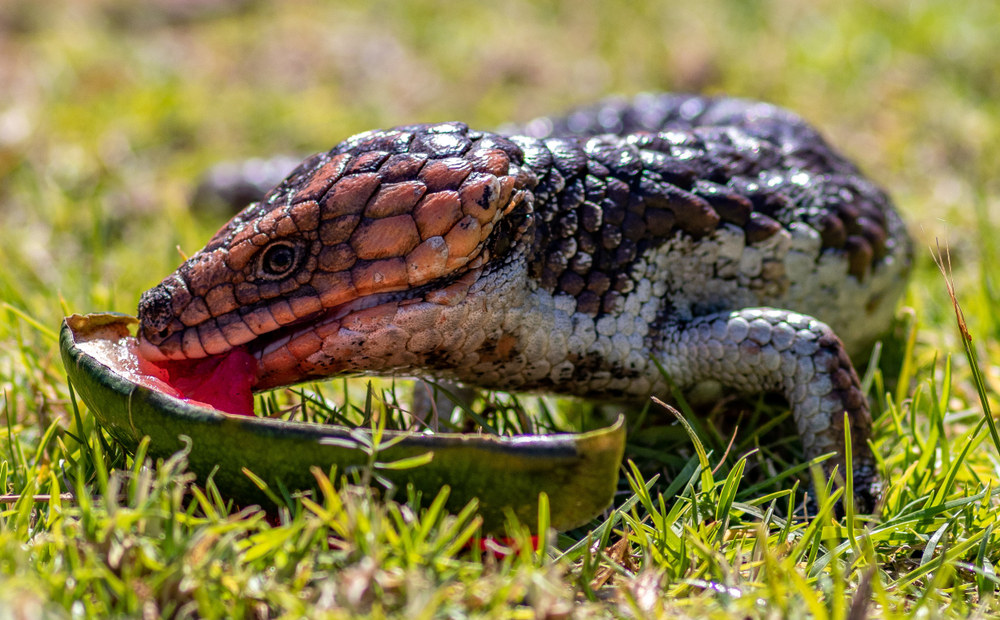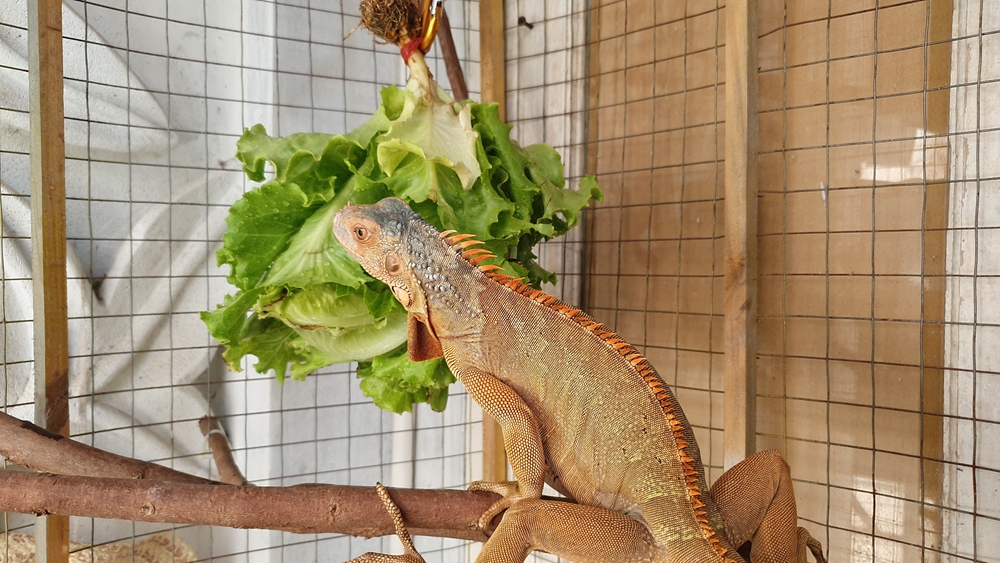Feeding enrichment is an often overlooked aspect of captive husbandry for private keepers, reserved for zoological collections. We explore the feeding enrichment options for private keepers and how they can be implemented.
Carnivorous Feeding Enrichment Strategies
- Scent trails
Scent trails are the zoological gold standard for enrichment. A huge variety of species are responsive to scent trails and therefore, will pursue potential prey across their enclosure in search of a meal even if when that meal arrives, it is already dead. Scent trails encourage exercise not just of the body, but of the mind and senses. By simply dragging a frozed thawed rodent, fish, chick or any vertebrate prey item across the enclosure, it prompts the predator to seek out the item before it has visual confirmation that it is there. This is an extremely important aspect of predator physiology and something that is very easy feeding enrichment to replicate at home.
- Nest feeding
There are multiple ways of recreating a ‘nest’ for species that would typically raid them, such as Colubrids and Iguanids. For snake species used to rats, feeding several pinkie mice in a small tub/hide and placing it either below the substrate or in an elevated position can simulate this. This will prompt natural foraging behaviours and is also a brilliant way to get some snakes feeding in a more organic way. Of course, each individual snake will have a slightly different temperament when it comes to feeding, but removing the animal from its enclosure, creating a scent trail and hiding a ‘nest’ is ideal for more adventurous snakes.
- Hanging weaver nest
Many zoos use hanging weaver nest birdboxes and place insects or treats in them for a whole host of species. Arboreal monitor lizards can really benefit from having to think strategically about getting to the prey item. This enrichment method can be used with a whole host of food items relevant to the animal. Quail eggs and chicks make for an authentic experience, but large insects can be equally as enriching meaning this feeding enrichment can be tailored to your animal.

- Mealworm/worm dispensers
There are loads of excellent feeding enrichment ideas that span all taxa. For example, dog puzzle boards can be manipulated by clever species to get to a treat. Parrots, monitors and small mammals would certainly have the cognitive ability to solve these puzzles. However, for more conventional pet species, various brands create mealworm dishes that slowly release the feeder insects over time. This replicates wild conditions where there is no structure to the availability of food.
- Irregular feeding patterns
Irregular feeding schedules are more natural than carefully managed ones. Once a keeper is confident in how much they should be feeding their animal and how responsive that animal is, breaking up mealtimes is a much more natural way of feeding. Combine this with a huge spectrum of different feeder insects and we can provide dietary and feeding enrichment in some of the simplest ways.
- Tree-feeding royal pythons
Research has found that male royal pythons (Python regius) are particularly arboreal and nestling birds could make up to 70% of the species’ diet. In captivity, we could replicate this by placing food items or using tongs at high vantage points in the vivarium for feeding enrichment. Bringing royal pythons out to climb on frames or even trees on sunny days is majorly beneficial. Captive-bred chicks are extremely fatty, so while they would feed on these in the wild, a mixed diet is recommended.

Herbivorous Feeding Enrichment Strategies
- Spreading fruit formulas
Ripened and decomposing fruit will turn to mush very quickly. Hot temperatures, heavy rains and sometimes violent storms means that most fruit is quickly turned to paste. This is replicated by commercial formulas such as Blue River Diets. It is spread across the forest and geckos and other frugivorous animals have to search for it. Try simulating this in captivity by moving the feeding bowl around the enclosure or spreading different flavours of the formula in different parts of the enclosure to encourage foraging behaviour. Even mostly-insectiverous or carnivorous species might be intrigued by the new scents.
- Let it grow
For herbivorous animals, having an edible plant in the enclosure that is just out of reach of the animal can be an excellent way of replicating seasonality. As the plant grows, it becomes available and once it has been eaten, it will take some extra time before it grows and becomes available once again.
The same can be applied to livefoods. If a silkworm metamorphises into a moth, or a calci-worm into a soldier fly, or a morioworm into a beetle, the nutrient composition may diminish but the hunting opportunities grow. Most insectivorous species will hunt flying insects and they must do this quickly and strategically. Letting the occasional grub take to the skies will have your animal thinking of new ways to catch its meal.

- Seasonally available forage
Your pet may have a “favourite food” but this is not realistic. Wild animals must eat seasonally available foods. For example, a greater amount of high calcium shoots may appear in spring to help breeding animals develop healthier eggs, whilst a sudden influx in fruits and berries in autumn may give a species an added energy boost before hibernation. Try creating separate monthly feeding schedules, as well as a more generic weekly feeding schedule to provide feeding enrichment and a more rounded diet.
